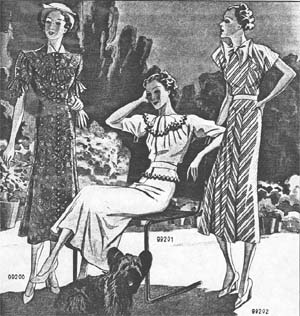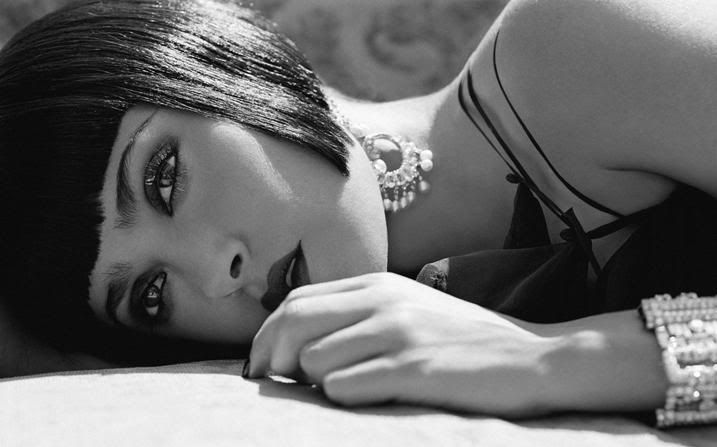All You Can Carry

Statement handbags are hardly new but if you were lugging a massive leather tote around a couple of centuries ago, you were quite clearly a peasant or the hired help. In the late 18th and early 19th centuries, the smaller the bag, the richer the owner was likely to be, says Glynis Jones, curator, fashion and dress, at the Powerhouse Museum. "There's a sense of people (in those days) not having to carry much," Jones says. "Wealthy women had servants to buy things. A handkerchief was all they needed." In contrast to 21st-century clubbers whose bags bulge with mobiles, make-up and life's modern necessities, revellers at 19th-century balls went out with few requirements. "If you went to a ball you had a little booklet and pencil," Jones says, "and you'd write down your dance partners for the evening." A "reticule", or small drawstring bag, was carried by hand or wrist and rose to prominence when straight cut-tight-under-the-bust empire line dresses became fashionable and bags could no longer be hidden beneath outer clothing. Previously bags - or "pockets", as they were called - were tied around a woman's waist and concealed under voluminous crinoline skirts. A small slit in the garment allowed the wearer to reach her pocket. Resembling the inside of modern-day pockets, such bags, Jones says, were often exquisitely embroidered by their owners. Likening the unseen labour to corsetry, Jones says: "There's that secret pleasure of wearing beautiful things that aren't seen." The secret and not-so-secret pleasures of the handbag are the highlight of a new exhibition at the Queen Victoria Building, Handbags Through The Ages, which displays more than 140 antique, vintage and modern bags.


They were called miser's bags, Smith says, because "if you were a miser you pulled out only one coin at a time". By the early 20th century, with women travelling more frequently, handbags expanded and became more of a statement, Jones says. The introduction of chemical dyes brought in vividly coloured bags. New technology in the 1920s enabled manufacturers to created tightly woven mesh and started the trend for the decade's fine mesh purses. Innovative early plastics such as bakelite and zeolite came into play about the same time, producing moulded bags in an array of weird and wacky shapes. In Britain in the 1930s, women started co-ordinating bags and shoes. Reflecting the new role of women during World War II, no-nonsense go-anywhereshoulder bags entered the fray. By the '50s, handbags started to resemble the large items women now carry, Smith says. By this time they held "car keys, big sunglasses, lipsticks and lots of stuff". Handbags by necessity are functional accessories, yet functionality is a term that rarely enters the vocabulary of Sydney retailer Claudia Chan Shaw and her fashion designer mother, Vivian. For the Shaws, form reigns supreme over function. "We're the sort of girls who like things that are unusual and quirky," Shaw says. "If you're going to be creative with a handbag, you can be a bit nutty with the shape or form.

The Shaws have lent 10 bags for the QVB exhibition, including a Brazilian bag from 1987 that is made from a recycled Coca-Cola can and embellished with cut crystal; an American handbag resembling a loaf of bread; and a gigantic asymmetrical leather bag from Italy that has semi-circular curves not unlike the sail-like structures of the Opera House. Fashion historians charting the rise of the It bag pinpoint the '50s as the era when designers began naming individual bags. Citing Chanel's quilted and chained 2.55 bag (named because it was first produced in February 1955), Roger Leong, curator, international fashion and textiles, at the National Gallery of Victoria, attributes the emergence of It bags to the phenomenon of leather travel bag companies such as Louis Vuitton and Fendi expanding into apparel, particularly since the early 1990s. "These houses have a long tradition of craftsmanship and then they launched themselves into fashion," Leong says. "The trend of the past 15 years has been for these companies to employ very creative designers to produce some fantastic collections of clothes but the money is made on their extremely desirable handbags, shoes and belts. "Young women will buy a chainstore outfit but they'll save up for the It bag. Shoes and handbags are the success stories of the last 15 years. Accessories used to be seen as accessories. Now they've become the main story." Nicola Sault, the owner of the Grandma Takes a Trip vintage boutiques in Surry Hills and Bondi Beach, happily admits to owning about 350 handbags. "A beautiful vintage bag is an easy way to add a unique style to an outfit," she says. Likening her handbags to old friends, she explains: "They're always there and hopefully you never lose them. They look after your stuff, they're charming and they make you look fabulous."

Tuesday, January 19, 2010 Trend 0 comments















0 comments: